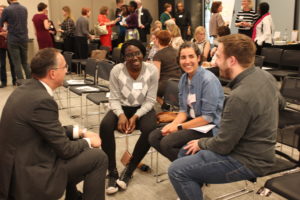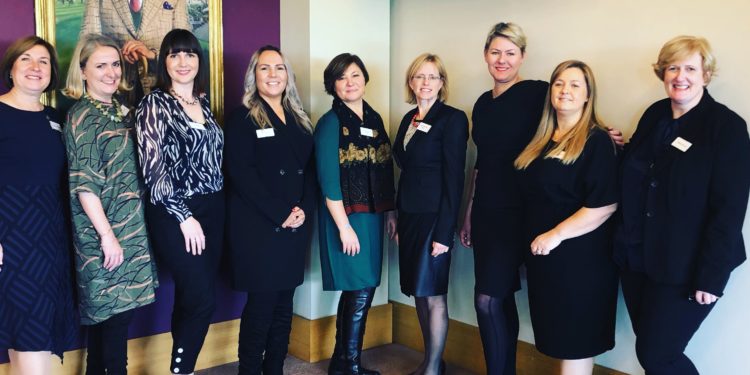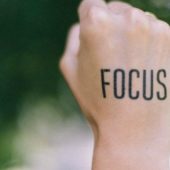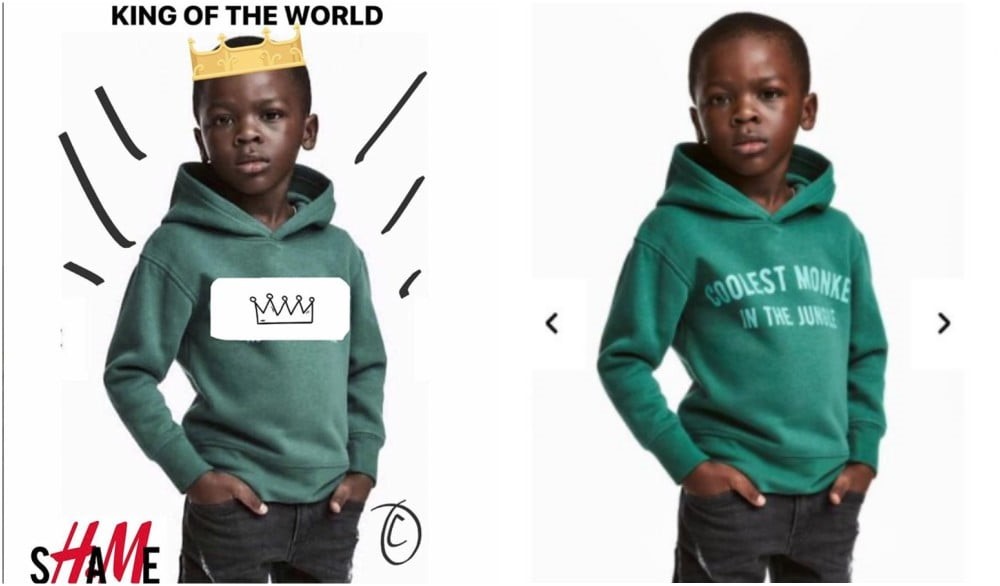This month, we have been looking at the Business case for Diversity and Inclusion – how it benefits both a company’s bottom line and the people who work there. We often talk about the Diversity Journey Roadmap, which stretches from those very few organisations that still don’t see any benefit at all from D&I, to those that are actively building a D&I foundation, or are even in the ultimate position of having established a genuinely inclusive culture that benefits from the full value of it diverse workforce! Voice At The Table exists to help companies move along this continuum to a place of genuine inclusion.
Wherever you think your organisation is on this journey, I hope you consider it to be a good place to work, that you like it there and you respect its values and practices.
I am quite sure, however, that there are ways in which it could improve. For instance, it could be more inclusive for more people – be a place where everyone’s contribution is welcomed and valued, irrespective of their gender, ethnicity or background.
Without a doubt, there is already diversity within your organisation. But not everyone’s voice is heard or listened to.
 You can improve your business performance and everyone’s job satisfaction, simply by hearing more from people who aren’t usually heard. When people feel included and valued, their levels of engagement and motivation rise and they more readily bring fresh ideas and innovation which boosts their sense of ownership of the business objectives.
You can improve your business performance and everyone’s job satisfaction, simply by hearing more from people who aren’t usually heard. When people feel included and valued, their levels of engagement and motivation rise and they more readily bring fresh ideas and innovation which boosts their sense of ownership of the business objectives.
Let’s look at one proven way to ensure all voices are welcomed and valued, particularly in meetings:
We know that 70% of contributions in meetings come from 25% of the participants. One simple way to make meetings more inclusive is to introduce ‘Rounds’, where the chair asks a question of the group, a volunteer answers first and then everyone answers that same question in sequence around the table, going clockwise (or counter-clockwise) from the person who volunteered. In this way, everyone’s voice is heard and people know when it’s their turn (and those who are slightly more nervous about the fact they have to speak eventually get used to it after participating in two or three Rounds).
I recommend starting a meeting with a Round to ensure everyone hears their voice out loud early – that makes it more likely that they speak again during the meeting. Evidence shows that, the longer a person goes without speaking in a meeting, the less likely they are to speak up in that meeting at all, even when they have a contribution to make.

An Opening Round at the start of the meeting can be a point of ‘check-in’, a simple question about what went well for the team last week, or what each person’s super-power is, or what book or TV programme has got them currently gripped. A friendly, non-threating Round also has the benefit of putting people at ease, opening their minds to improved thinking and contribution.
A recent article in the Financial Times entitled Women in Meetings Should be Heard as Well as Seen stated that “Efforts to diversify leadership teams and workforces are finally bearing fruit. To benefit, however, companies must ensure that people with different perspectives are heeded, respected and retained rather than just present, resented or ignored.” This applies not only to women but also to every minority group you could name.
So, improving your workplace’s diversity and inclusion can be as simple as tapping into the existing diversity of your current people. To do that, I invite you to listen to everyone and really hear them.
If you liked this post, you may also like What’s the Verdict on Unconscious Bias?











 Emma Watson addressed the United Nations in 2014, urging men to join the feminist movement; Barak Obama supported the cause when he proclaimed he was a feminist. Many companies recognise “men as allies” as a critical component of their diversity and inclusion efforts. And yet, support by men for gender equality is waning. Particularly in companies.
Emma Watson addressed the United Nations in 2014, urging men to join the feminist movement; Barak Obama supported the cause when he proclaimed he was a feminist. Many companies recognise “men as allies” as a critical component of their diversity and inclusion efforts. And yet, support by men for gender equality is waning. Particularly in companies. The privilege of invisibility
The privilege of invisibility Societal norms and expectations
Societal norms and expectations So how do we engage men?
So how do we engage men?